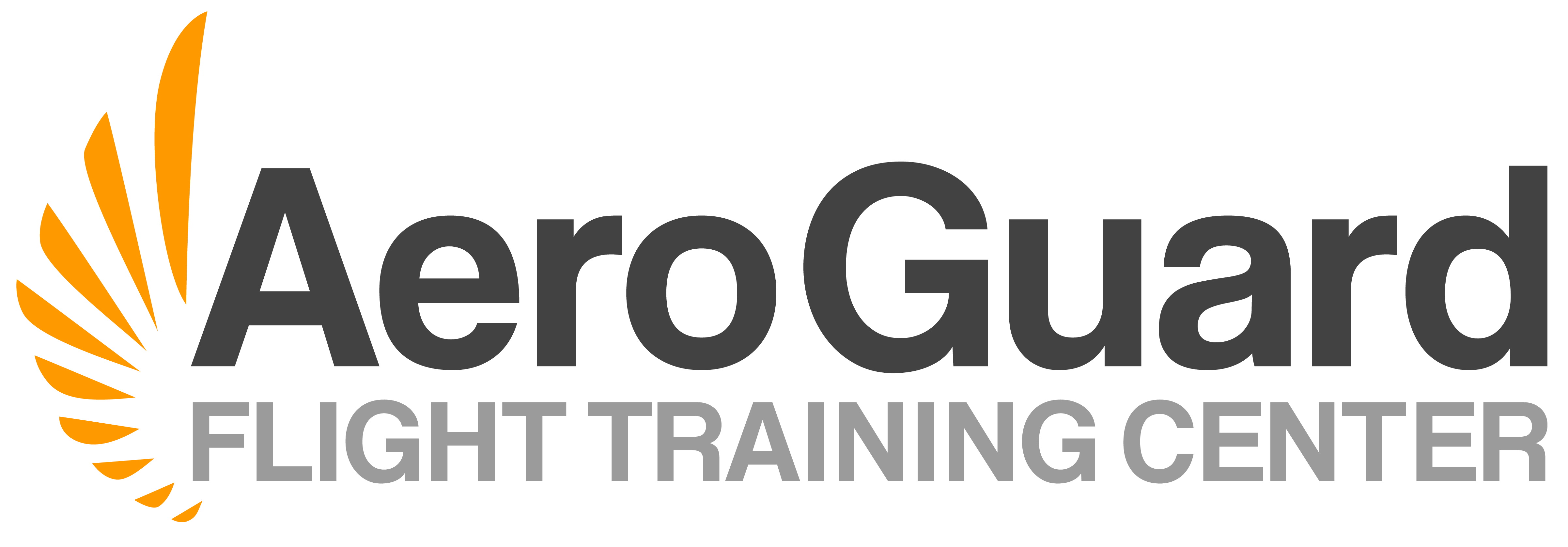Pitch, Roll, and Yaw
Pitch, Roll, and Yaw: Aircraft Principal Axes – Video Transcript
Hi, and welcome back to another training video presented by AeroGuard Flight Training Center. My name is Beth Brown and I’m a flight instructor here with AeroGuard at our Deer Valley location in Phoenix, Arizona, and I’m excited to talk with you today about some abstract concepts. That’s pitch, roll, and yaw. I want to talk about how the aircraft moves in three dimensions, how the aircraft changes its attitude and rotation along three different axes. I will discuss which aircraft control input affects what attitude along a certain axis.
Understanding these concepts is going to help you with the four fundamentals of flight. That’s straight and level, turns, climbs, and descends. So, the airplane flies in a three-dimensional world and the airplane has the ability to travel up or down, left or right. To master flying and maneuvers, you must understand and master these four fundamentals.
The airplane’s attitude is its orientation in space, or simply said, it’s where the airplane is in regard to the horizon. Now imagine your attitude indicator, or the way the horizon looks during straight and level flight. Now imagine what a nose up or nose down attitude looks like in comparison to the horizon. Well, this is your pitch attitude. Now think about your wings. Where are your wings when you’re level to the horizon? Think about a bank attitude. Your left wing is down, your right wing is up. Well that’s a demonstration of roll. And where are you when you’re taking off and landing? Is the nose of the aircraft straight ahead, or is it aligned with the center line of the runway? If not, well that’s an example of yaw. An important aspect of these attitudes is understanding how they rotate along the aircraft’s different axes.
Now we’re talking in 3D, along with the three attitudes and the three axes. And we’re going to talk about how the aircraft has a center of gravity, and that’s the point on the aircraft where all points come to balance and they’re equal. At this center of gravity point is where the axes intersect, and the aircraft rotates around one or more of these axes. The three axes we’re going to talk about are lateral, longitudinal, and vertical.
Pitch
Let’s start with the pitching motion. Well, it rotates around the lateral axis. The pitch attitude can be measured visually in relation to the horizon, or by degrees of pitch on an attitude indicator. Imagine if you were holding each end of a miniature aircraft, as if a line were going through wingtip to wingtip. Well, that is where the lateral axis is. Rolling the ends of this imaginary line would also cause the nose of the aircraft to pitch up or down. This is how the pitch attitude rotates along the lateral axis. We control this motion within the flight deck with the flight controls. The control surface moving the pitch attitude is going to be the elevator, and you move that surface with the yoke, or the control wheel.
So, maybe you’ve taken off the runway before. Do you remember how you need to pull the yoke aft or back? Well, what this is doing is causing the elevator to pitch down, and then the nose will pitch up. So, the aircraft is rotating around the lateral axis creating a pitch up attitude. Understanding this means you’re on your way to understanding how an aircraft climbs. Conversely, it’s how an aircraft descends.
Roll
Next up is the rolling motion, which rotates around the longitudinal axis. The longitudinal axis, it extends from the nose to the tail of the aircraft. Again, imagine a line going through the airplane along its longitudinal axis. If you were to rotate along this axis, you would see the wings roll or rock from one side to the other. The control surface which allows this movement are the ailerons, and the ailerons are moved by the control wheel. When you initiate a turn, let’s say to the left for example, you would turn the control wheel to the left, which moves the left aileron up and the right aileron down. The right aileron is now going to create more lift on that wing, which allows the aircraft to roll along its longitudinal axis to the left side. Thus, it’s initiating a turn. Next time you’re doing your pre-flight, look at which aileron is going up and down when you move the control wheel and visualize how the aircraft turns. Now you understand one part of what makes an aircraft turn.
Yaw
Lastly, I want to talk about the yawing motion around that vertical axis. So, imagine that same line, and it’s going to run vertically through the top and the bottom of the cabin of the aircraft, through that center of gravity. Well, rotating the plane around this line would cause the aircraft to yaw along the vertical axis. And you can see this movement when you are flying and that’s in relation to the nose of the aircraft, where it’s pointed. So, during the turn to the left we talked about, the nose of the aircraft is going to yaw to the right, and that’s due to induced drag on the right wing, and I’ll discuss that in a different video.
Nonetheless, during a turn, we want the aircraft to remain coordinated, meaning we want both the nose and the toe of the aircraft to be flying in the same direction. So, if you’re turning to the left and the nose is pointed to the right, then the aircraft is yawing in the wrong direction, and we call that adverse yaw. To correct this, we use the rudder control surface. The rudder is deflected when the rudder pedals are pushed one way or the other. In this example, we’re turning to the left, so the nose of the aircraft is yawing to the right along its vertical axis. So, to correct this, we apply pressure to the left rudder which yaws the nose of the aircraft back to the left. This is a complementary action when you’re turning in flight.
So, we talked about pitch, roll, and yaw, and they are the motions around the three axes of our aircraft. Combining your knowledge and experience using these motions will help you master straight and level flight. Straight and level is when altitude and heading are maintained. And this sounds easy enough, but without understanding the effects and use of the aircraft controls in relation to your visual reference, that horizon, straight and level can be difficult to master. So, regardless of if you’re on the beginning of your journey to becoming a pilot. or perhaps you’re a flight instructor with a new student. make sure you take time to develop these fundamental skills to help you better control the aircraft during the more advanced maneuvers.
Thanks again for tuning in. Please share our videos and like and subscribe below, and I’ll see you next time. Bye!

